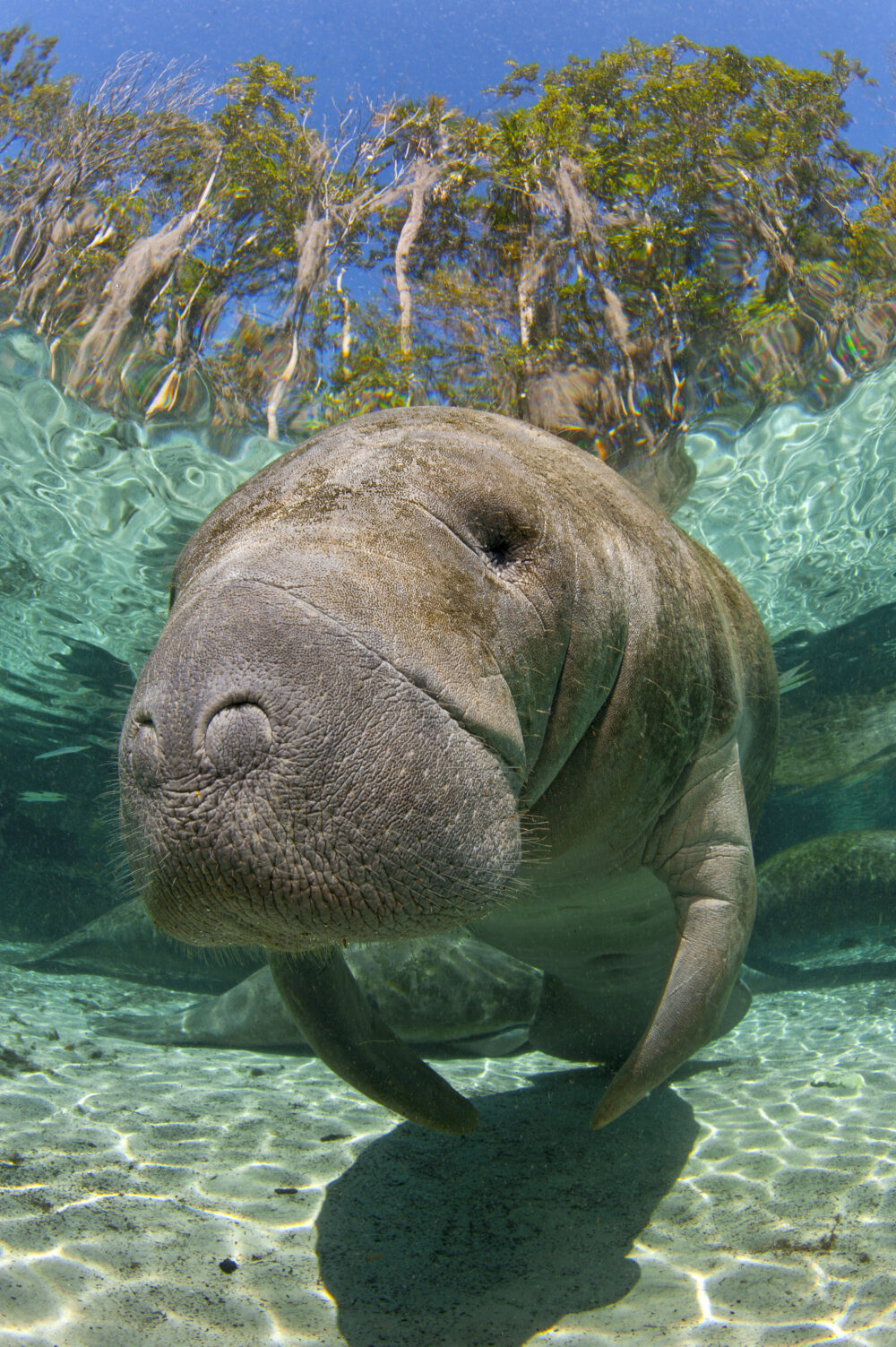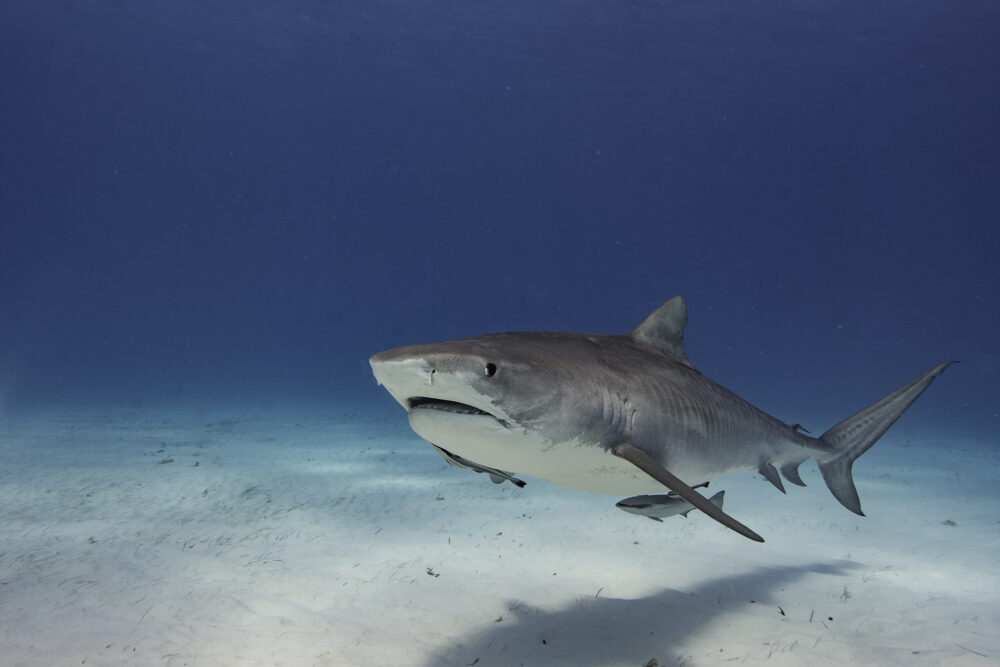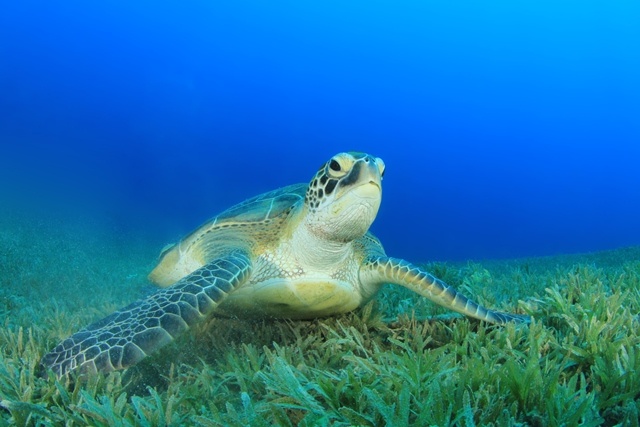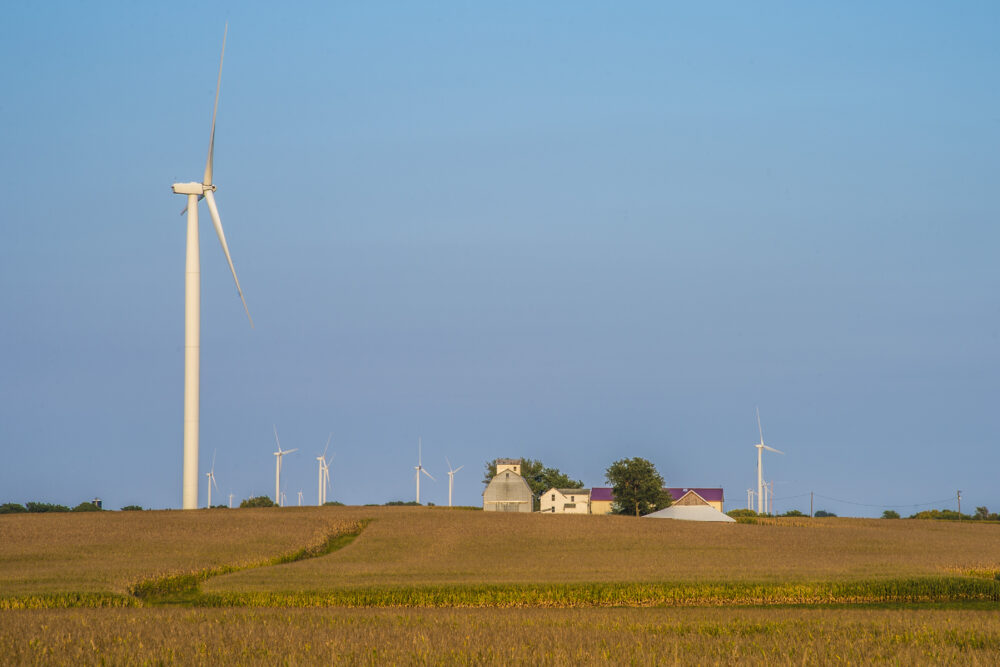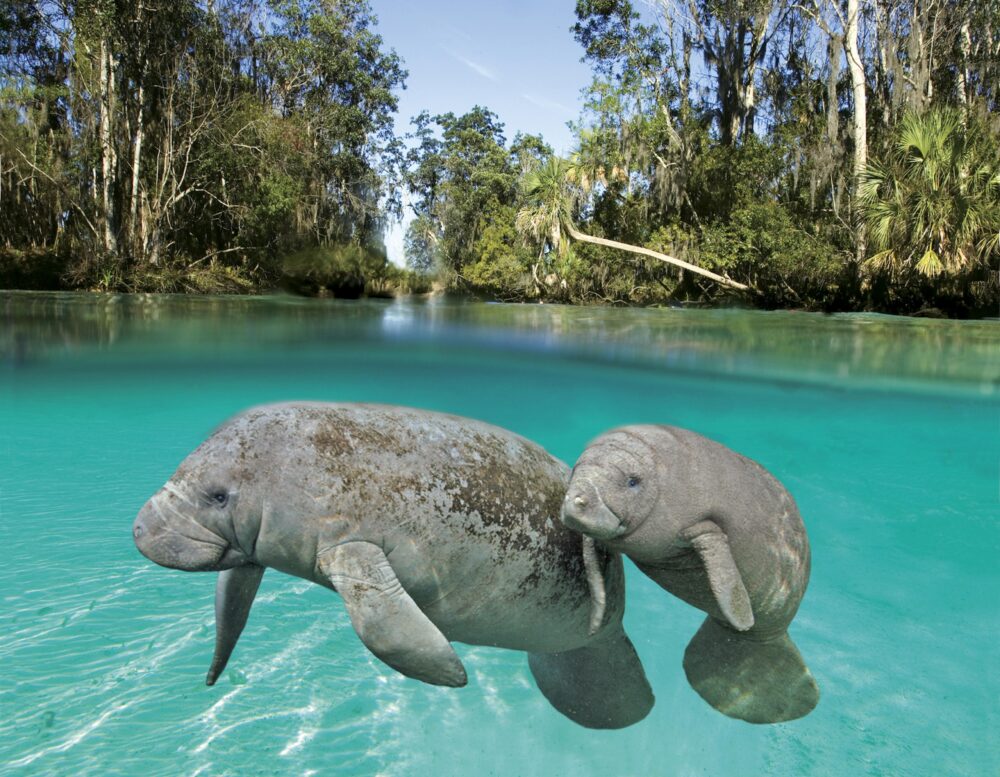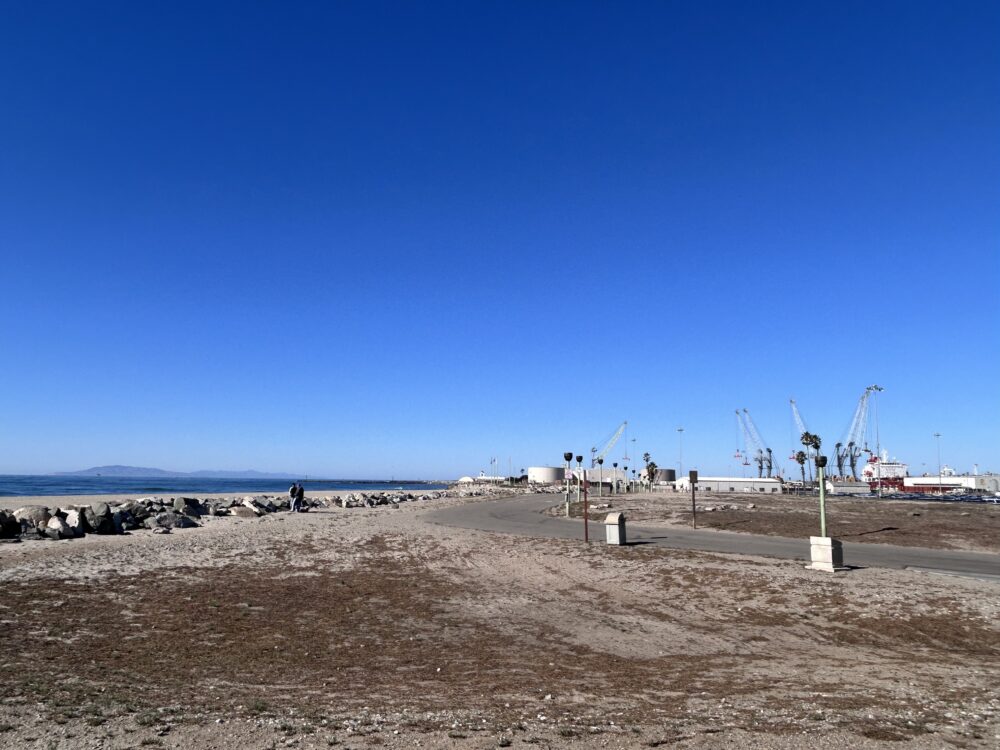We have much more to do and your continued support is needed now more than ever.
Preserving Coastal Migration Habitat
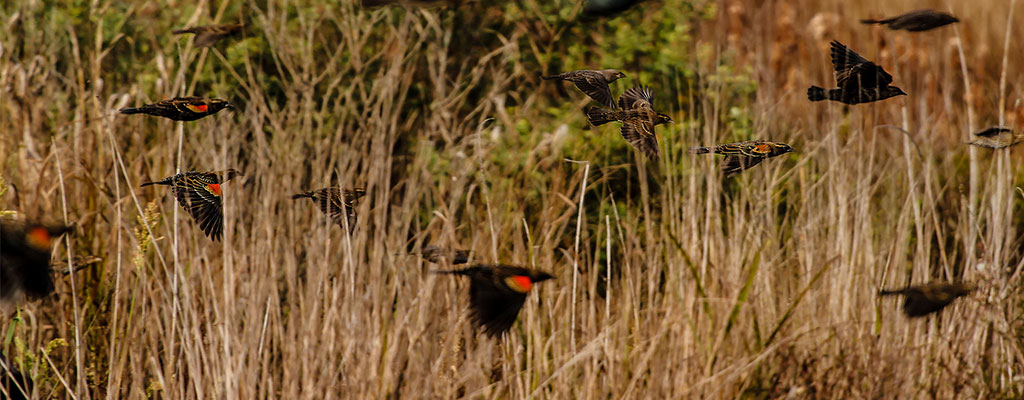
Coastal impoundments are critical pieces of habitat for migratory birds along the Atlantic Flyway. Although artificially created and managed by federal, state or local agencies, these areas, such as Bombay Hook National Wildlife Refuge (NWR) in Delaware and Blackwater NWR in Maryland, are some of the most productive and famous hotspots for birding in the United States.
However, ongoing studies conducted by the National Wildlife Federation and its affiliate, New Jersey Audubon show that many of these stopovers along the Atlantic Flyway are extremely vulnerable to the impacts of climate change.

On Thursday, April 21st, the National Wildlife Federation, together with New Jersey Audubon, gathered nearly twenty federal and state coastal impoundment managers to discuss climate-smart options for preserving these important habitats. The meeting provided a venue for managers to exchange challenges and solutions across state and agency boundaries. Examples were incredibly wide-ranging, from a $38 million dollar project to restore the freshwater impoundments at Prime Hook NWR back to tidal marsh to innovative, low-cost solutions to monitor impoundment health at Deal Island State Wildlife Management Area.
Throughout the one day meeting, it became clear that even though there have been numerous efforts at enhancing, restoring, and assessing impoundments post-Hurricane Sandy, that this project was the only way to connect the full spectrum of federal, state and local impoundments. As wetlands across the eastern United States continue to be lost at an alarming rate, the relative importance of these impoundments to migratory birds will only continue to grow.

The National Wildlife Federation and its partners also worked with the managers to think beyond the scale of their individual impoundments and consider the connections between them at multiple scales. Understanding how the impoundments interact at a landscape and regional scale is critically important. Each impoundment is just one link in a chain of habitat stretching from the Arctic, where migratory birds spend the summers, to South America, where they overwinter.
This project and this meeting are paving the way for impoundment managers across the Mid-Atlantic and Northeast to take strategic actions today to ensure that this chain of habitat can bend and not break in future climate scenarios. This will benefit both the hundreds of bird species which utilize this habitat, as well as the millions of people who recreate and enjoy nature in these coastal refuges.
Join NWFHelp NWF and its partners continue preserving important coastal habitats for migratory birds and other wildlife.





